Q Acoustics QB 12 Bruksanvisning
Q Acoustics
Subwoofer
QB 12
Läs gratis den bruksanvisning för Q Acoustics QB 12 (188 sidor) i kategorin Subwoofer. Guiden har ansetts hjälpsam av 18 personer och har ett genomsnittsbetyg på 4.6 stjärnor baserat på 9.5 recensioner. Har du en fråga om Q Acoustics QB 12 eller vill du ställa frågor till andra användare av produkten? Ställ en fråga
Sida 1/188

1
Q B 1 2
O W N E R ’ S M A N U A L
Produktspecifikationer
| Varumärke: | Q Acoustics |
| Kategori: | Subwoofer |
| Modell: | QB 12 |
Behöver du hjälp?
Om du behöver hjälp med Q Acoustics QB 12 ställ en fråga nedan och andra användare kommer att svara dig
Subwoofer Q Acoustics Manualer

27 Augusti 2024
Subwoofer Manualer
- Tivoli Audio
- ButtKicker
- Planet Audio
- Fluance
- Lanzar
- Sonus Faber
- Audio Pro
- Sound Ordnance
- Dynaudio
- Ruark Audio
- Atlantic
- Axiom
- Atlas Sound
- Ground Zero
- QSC
Nyaste Subwoofer Manualer
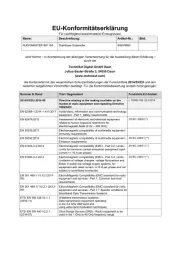
21 Oktober 2025
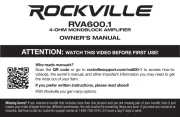
18 Oktober 2025
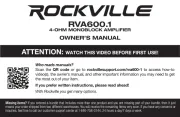
18 Oktober 2025
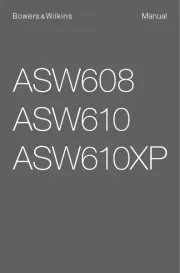
15 Oktober 2025
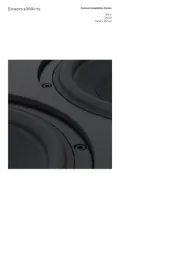
15 Oktober 2025
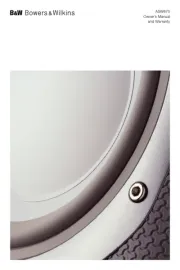
15 Oktober 2025
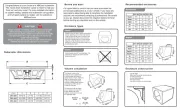
13 Oktober 2025

13 Oktober 2025
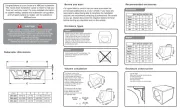
13 Oktober 2025
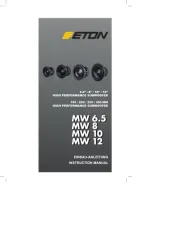
13 Oktober 2025